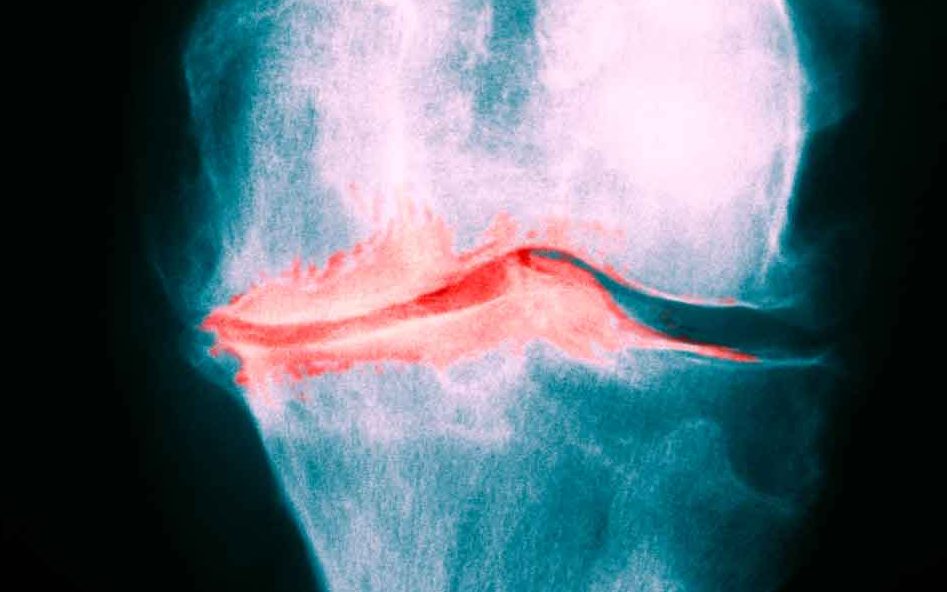Exercise to Prevent Arthritis in Your Knees

Osteoarthritis of the knee can limit your mobility — but firming up your leg muscles through exercise may be how to prevent arthritis. Here's what you should know.
Flabby thighs may seem like just a cosmetic problem, but firming up your leg muscles can do more than improve how you look in shorts. If you exercise to strengthen your thighs, you may lower your odds of developing osteoarthritis in your knees — especially if you are woman and you also lose excess weight.
YOU MIGHT ALSO LIKE: How to Relieve Knee Pain
More than 32 million Americans have this most common type of arthritis, according the Arthritis Foundation. Sometimes called degenerative joint disease or degenerative arthritis, osteoarthritis can affect any joint, but it occurs most often in your knees, hips, lower back, and neck.
In normal joints, the firm, rubber-like tissue known as cartilage cushions the end of each bone as joints move. But when cartilage breaks down, as it does in osteoarthritis, pain, swelling, and even difficulty moving joints can occur. In advanced stages, the cartilage can totally wear away, leaving bone rubbing against bone, causing serious joint damage.
To see how thigh muscle strength might be related to whether joints showed evidence of osteoarthritis, a research team from Paracelsus Medical University in Salzburg, Austria, and Boston Medical Center compared MRI scans of 161 women and men with signs of osteoarthritis of the knee to a control group of 186 volunteers without arthritis. The research subjects also were tested to measure the strength of their thigh muscles — specifically the extensor and flexor muscles involved in knee movement.
The results showed weaker thigh muscles were significantly linked to osteoarthritis of the knee in women, but not in men. In addition, having less strength in thigh muscles was associated with a higher body mass index (BMI, a measure of body fat based on height and weight) in women.
"Our results highlight the importance of maintaining thigh muscle strength to reduce the risk of knee osteoarthritis development, particularly in women," said physiotherapist Adam Culvenor, PhD, who headed the study. "The different relationships we observed between muscle weakness, muscle size, BMI and knee osteoarthritis development in men and women suggest that the mechanism by which BMI increases the risk of knee osteoarthritis is sex-specific and may require distinct treatment approaches.”
Besides potentially preventing arthritis in the knees in women, exercise and weight control might help them live longer.
British researchers looked at data from hundreds of women whose health had been followed for 24 years and found those with painful knee osteoarthritis were far more likely to be at risk of earlier death, especially from heart disease.
In fact, women with painful knee osteoarthritis had almost twice the increased risk of early overall mortality compared to those without arthritis or to women who had arthritis only in their hands. What’s more, the risk of dying from heart disease for women suffering from arthritis in the knees was three times higher than other women in the same community.
The explanation, according to the researchers, could be that knee pain prevented the women with knee osteoarthritis from exercising — and regular exercise is known to lower the risk for heart disease and other health problems.
Osteoarthritis occurs in people of all ages, although it’s most common in people 65 and older. Risk factors, along with weak thigh muscles, include being overweight or obese, previous overuse of a joint, and joint injury.
Updated:
September 22, 2023
Reviewed By:
Christopher Nystuen, MD, MBA